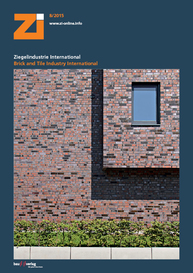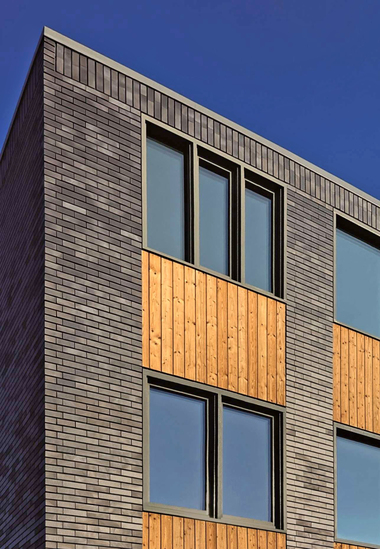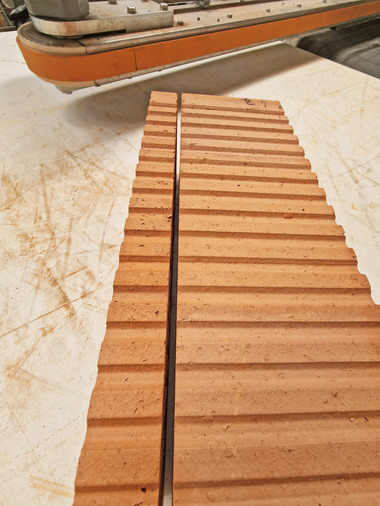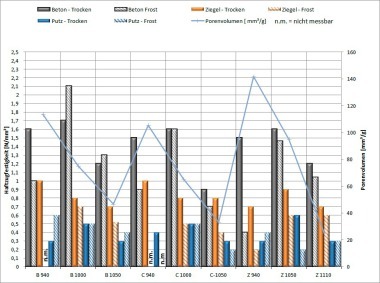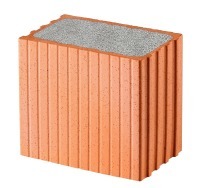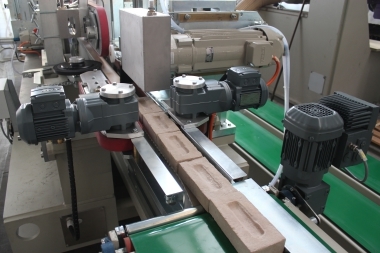Brick slip – part of a facing brick?
In the construction of new buildings and for the energy refurbishment of existing buildings, thermal insulation composite systems (TICS) are very widely used. Brick slips are often used to clad the surface of such systems. Compared to systems with a rendered surface, brick slips have considerable advantages with regard to resistance and renovation requirements. Moreover, the overall visual appearance of the building envelope is a key criterion for the decision to invest or buy brick slips, as they give the impression of a solid façade combined with primary-energy-saving thermal insulation.
As no product and applications standards exist for the application “brick slip cladding” to date, for the product declaration, the requirements of product standard DIN EN 14411 for ceramic tiles and the associated test standards in the DIN EN ISO 10545 series are used. The key test standard is currently DIN EN ISO 10545-3 for the determination of water absorption. Proof of the frost resistance is based on DIN EN 14411 in accordance with test standard EN ISO 10545-12. In isolated cases, an alternative test method DIN 52252, Part 1 with freezing of bricks on all sides may be used for the purpose of approval.
In connection with the specific requirements for the product properties and the test method to be applied in compliance with the standards, the brick industry has to ask itself whether the ceramic slips are extruded and therefore subject to the stricter conditions specified in DIN EN 14411 or whether they are part of a facing brick, the declarable properties of which are derived from the DIN EN 771-1 standard series.
Dipl.-Ing. Michael Ruppik, Institut für Ziegelforschung Essen e.V.

